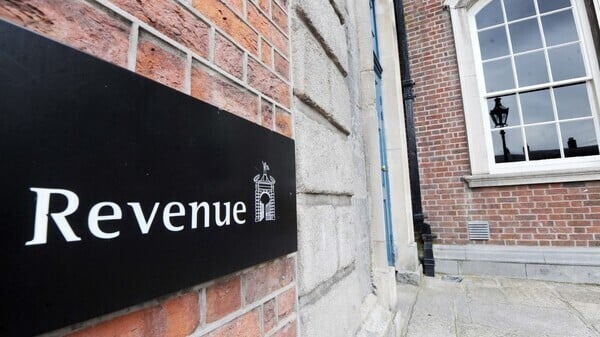There could be more good news on the horizon for householders with a potential further reduction in domestic gas and electricity prices.
According to the latest forecasts from energy market consultants Cornwall Insights, power prices are set to fall further this year and next.
Domestic energy providers have cut prices in recent months in response to falling wholesale costs on the international markets.
It followed successive rounds of tariff increases on the back of surging energy prices following the Russian invasion of Ukraine in early 2022.
"The mild winter coupled with ample gas stocks in Europe have reduced the need for a gas injection over the summer to meet targets, meaning gas prices continue to fall," Cornwall Insights said in its latest report.
Despite the fall, the impact of Europe's increased reliance on Liquified Natural Gas shipments (LNG) following the sanctions on imports from Russia, are expected to keep Irish prices above historic averages.
In the medium-term, prices are expected to remain between €90 and €100 per Megawatt hour (MWh).
Prices peaked at €226 in the aftermath of the outbreak of war.
Currently, they are averaging at €87 per Megawatt hour.
"With the milder winter we didn't use as much gas. Gas stocks are at record highs now in Europe," Lisa Foley, a Principal Consultant at Cornwall Insights, said.
We need your consent to load this rte-player contentWe use rte-player to manage extra content that can set cookies on your device and collect data about your activity. Please review their details and accept them to load the content.Manage Preferences
She said further reductions were likely to trickle down to consumers, but there were some potential stumbling blocks to lower pricing, such as events in the Middle East.
"Ireland is still very exposed in terms of electricity prices. We are reliant on international commodity markets for gas, oil and coal. Until we become more self sufficient as we increase the levels of renewables on the system, we will be dependent on what's happening on the international markets."
Ms Foley pointed out that prices were still higher than the historical average and that situation would likely maintain for the coming years.
"As we move out towards the end of the decade, the prices will reduce, but going into 2030 and beyond, demand is going to increase through electrification of heat and transport, industrial commercial demand increases and the power prices will start to increase again," she explained.
However, renewable sources would likely contribute to more self-sufficiency which should keep price increases in check.





